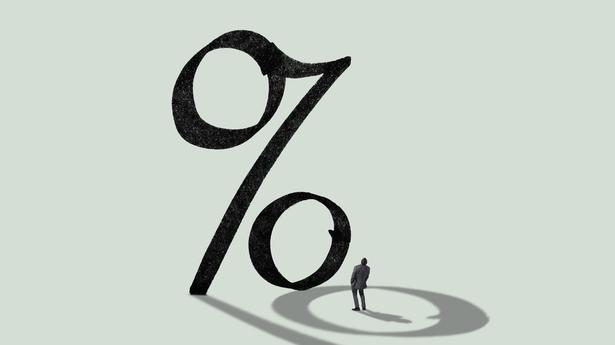
Rationale behind raising interest rates
A critical facet of the consequences of an interest rate increase is the correction of asset prices. Interest rates act as gravity to stock market prices
A critical facet of the consequences of an interest rate increase is the correction of asset prices. Interest rates act as gravity to stock market prices
The Federal Reserve and other central banks around the world have raised interest rates to curb inflation. The rationale behind raising interest rates is that the cost of borrowing rises whenever they are raised, and the incentive to save and invest rather than consume increases due to better yields.
It becomes more expensive to consume rather than save for the future as interest rates are higher. Therefore, the demand for goods reduces, leading to a drop in their prices. This leads to a reduction in wages being paid and a sustained drop in price levels which theoretically forestalls an inflationary spiral.
Raising rates is the first tool for monetary intervention as it is the quickest way to drain excess liquidity in the market. When interest rates go up, real rates also rise, leading to the burden on the borrower increasing in real terms.
Banks operate using a fractional reserve banking system wherein an initial amount of deposit grows multifold due to loans issued using the deposit. However, when rates are raised, this system of monetary expansion works in the opposite manner, contracting exponentially when debt is paid off or defaulted.
Moreover, new loans are more expensive, and therefore, new borrowing slows down, decreasing inflationary pressures regardless of debt defaults or settlements. Another critical facet is the correction of asset prices. Interest rates act as gravity to stock prices. The main reason why stock prices drop when rates rise is due to lower consumption and, therefore, a nominal decline in profit.
Opportunity cost
However, even if one were to assume profit to remain constant, a higher interest rate would mean that earnings would now be discounted at higher rates leading to future cash flows being worth lower than in a low-interest rate regime. The effect of opportunity cost can be seen in fixed-income securities, where, when the rate rises, the security price corrects to account for the rate increase.
Nevertheless, fixed income securities offer better returns in times of deflation as the real value of the fixed payments rises due to the real value of the currency swelling.
The topic of gold, however, is trickier to tackle when rates rise. Gold moves in comparison with the dollar. The recent appreciation in the dollar aided depreciation in gold prices. The opportunity cost of holding gold can be measured in terms of the interest rate received on U.S. T-bills, which is on the rise. Therefore, we see a decline in gold prices as rates rise. The dollar has also appreciated in terms of other currencies.
Gold prices in India move according to the U.S. dollar and rupee exchange rates. If the rupee depreciates more than gold against the dollar, an increase in the price of gold can be observed (and vice-versa). However, gold prices have declined as of writing this piece because the RBI has relentlessly defended the rupee, and has sold U.S. securities to cushion the outflow.
A consequence of defending the rupee is the hit exports take compared with the benefits of cheaper imports. The artificial elevation of the rupee has meant imports are artificially cheaper and exports artificially more expensive. The rupee has appreciated against the pound and the euro, making their domestic producers more competitive and ours weaker.
Further, competing nations such as Bangladesh, Vietnam and China, which let their currencies depreciate, enjoy the benefits of being more competitive with their exports. The IT and pharma industries have suffered price corrections due to the defence of the rupee. An artificially-strong rupee means lower sales revenue and profit, which further widens the trade deficit leading to a greater need for intervention to maintain the current exchange rate.
Furthermore, India has elastic exports, whose demand decreases during recessions and inelastic imports, whose demand stays constant during a downturn. The pressure on domestic exporters and the trade balance will eventually lead to the rupee cracking.
The ability to be liquid in the current scenario will be a significant advantage in the coming years as one can carefully pick investments offering value in both the equity market and fixed-income securities.
(Anand Srinivasan is a financial consultant and Sashwath Swaminathan is a research assistant at Aionion Investment Services)
Stay connected with us on social media platform for instant update click here to join our Twitter, & Facebook
We are now on Telegram. Click here to join our channel (@TechiUpdate) and stay updated with the latest Technology headlines.
For all the latest Education News Click Here
For the latest news and updates, follow us on Google News.

